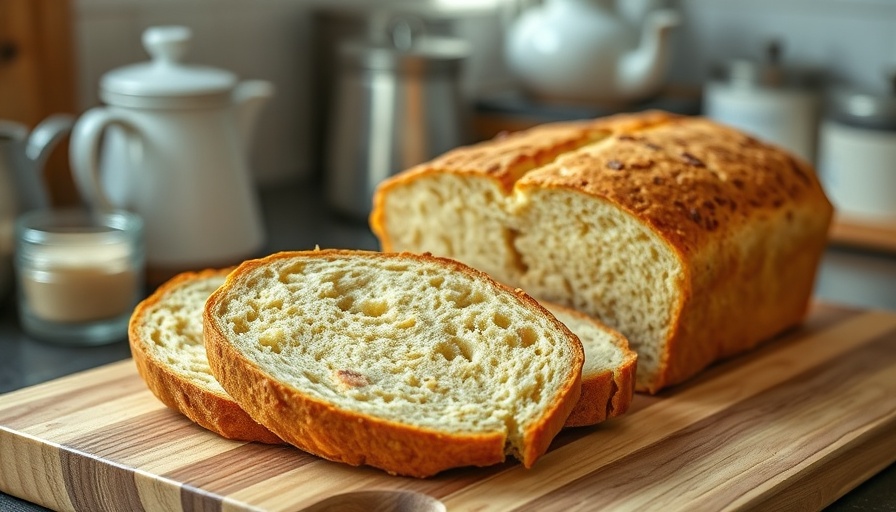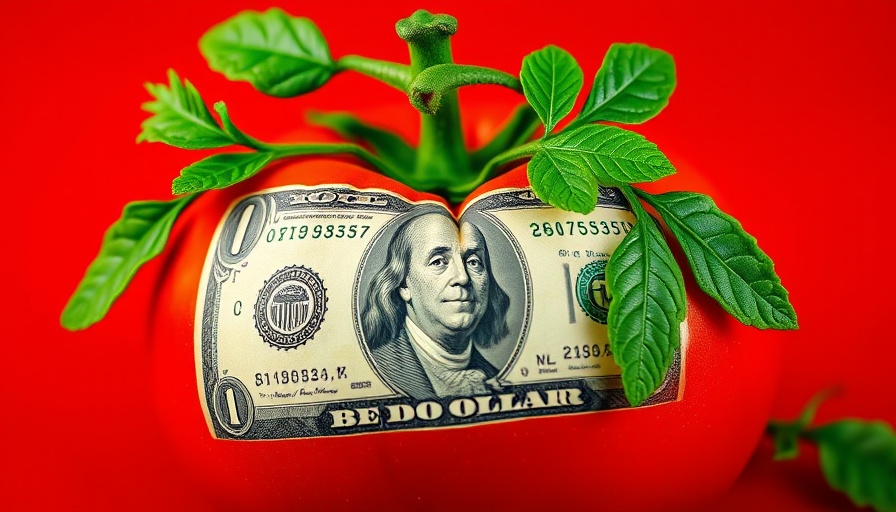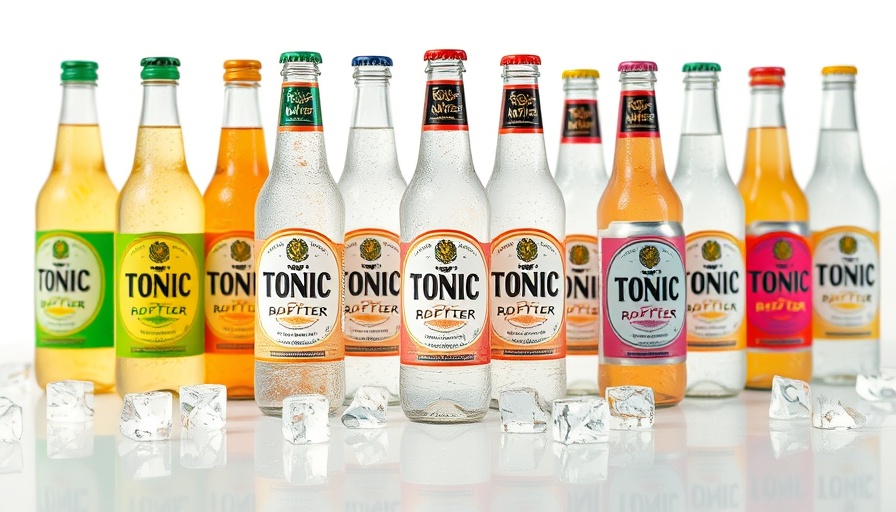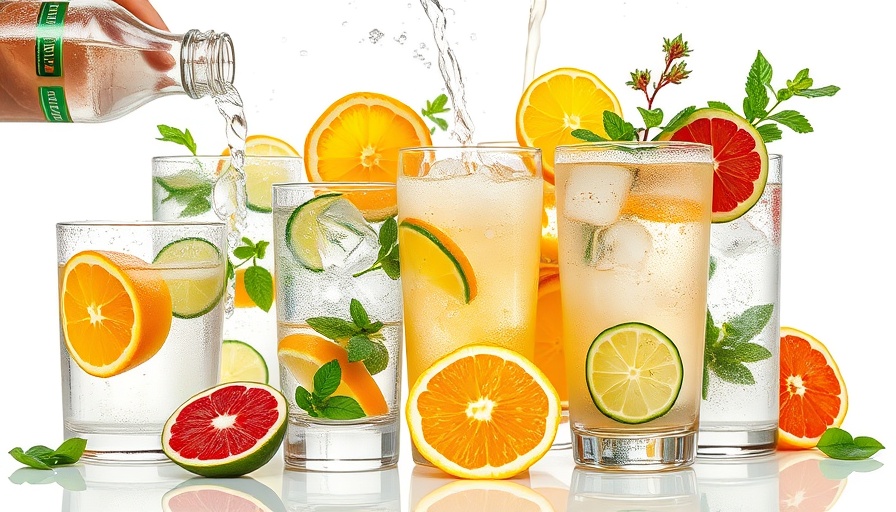
The Timeless Appeal of Irish Soda Bread
When one thinks of Irish cuisine, hearty stews and delightful pastries come to mind. However, one of the simplest yet most beloved staples is Irish soda bread. Requiring just four ingredients—flour, baking soda, salt, and buttermilk—this rustic bread has garnered a warm place in culinary traditions. Its historical roots trace back to the 1830s when baking soda was introduced in Ireland. The soft wheat in Ireland, though not ideal for traditional yeast breads, proved perfect for this quick-bake variant, making Irish soda bread a beloved regional specialty.
Making Irish Soda Bread: A Culinary Adventure in Belfast
During a recent trip to Belfast, I had the pleasure of learning how to make this iconic bread at the beautiful Larchfield Estate. Picture this: a group of enthusiastic food lovers gathered in a historic kitchen, sharing stories and experiences while our instructor guided us through the steps of crafting authentic Irish soda bread. What struck me most was the versatility of the recipe. Whether baking in a conventional oven or on a skillet over an open flame, soda bread adapts beautifully. This adaptability makes it not just a treat for formal dining but an excellent companion for camping trips or cozy family dinners.
The Craft of Baking: Key Techniques and Tips
With just four main ingredients, the real artistry lies in the baking technique. Start by preheating your oven to 400°F, and prepare a baking sheet lined with parchment paper. Mix the dry ingredients well and create a well to pour in the buttermilk which acts as a leavening agent. Knead the dough gently—overworking it can lead to a dense loaf, which is not what we want. Finally, don’t forget the crucial cross cut on top, a hallmark of Irish soda bread. Not only is it traditional, but it also helps the bread rise beautifully.
Health Benefits of Homemade Irish Soda Bread
As a certified health coach, I often advocate for cooking at home as it allows for a better control over ingredients. When making Irish soda bread, you avoid the preservatives and artificial ingredients found in many store-bought options. Furthermore, buttermilk adds not only moisture but also packs in probiotics, contributing to a healthy gut. Pair it with some local Irish butter or homemade jam, and you have a nutritious snack or accompaniment that enhances any meal.
Embracing the Authenticity of Irish Cuisine
Every family recipe adds unique flair to the traditional dish, often incorporating local ingredients or personal preferences. As seen in the traditional bread recipes, variations might include adding currants, herbs, or even cheddar cheese. This rich diversity showcases the adaptability of soda bread across different palates and culinary styles.
Cooking as a Cultural Experience
Participating in a cooking class while traveling not only nourishes the body but also the soul. It fosters connection—whether with fellow travelers, local chefs, or the traditional practices of a region that date back generations. For digital nomads seeking to immerse themselves in local cuisine, hands-on experiences like this provide invaluable cultural insights that transcend mere tourism.
Sharing Your Irish Soda Bread Journey
Creating homemade Irish soda bread invites the opportunity for creativity and experimentation. Don't shy away from making it your own; each loaf tells a story. Perhaps next time, you could share a slice with new friends or neighbors, inviting them to partake in this delightful tradition. Baking soda bread can be more than just a recipe—it can be an experience, a taste of Irish heritage, and an occasion to build connections.
Final Thoughts: Why Irish Soda Bread Truly Matters
As we dive deeper into culinary traditions, we uncover layers of history and connection. Making and sharing Irish soda bread encapsulates the heart of communal dining, where recipes are passed down through generations and house gatherings flourish. So, what are you waiting for? Gather your ingredients, and embark on your own Irish soda bread adventure!
Share your experiences and variations on this traditional recipe, and remember: authentic cooking has no rules—just delicious outcomes!
 Add Row
Add Row  Add
Add 




Write A Comment